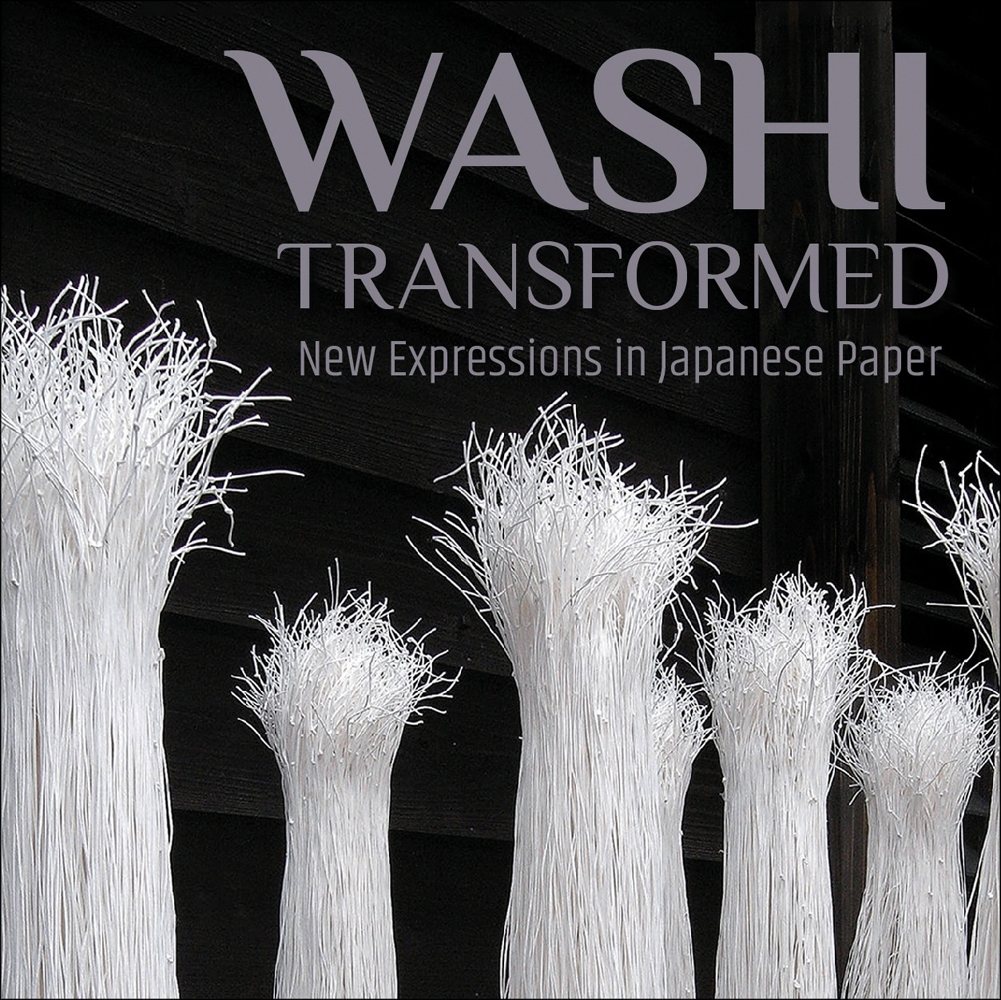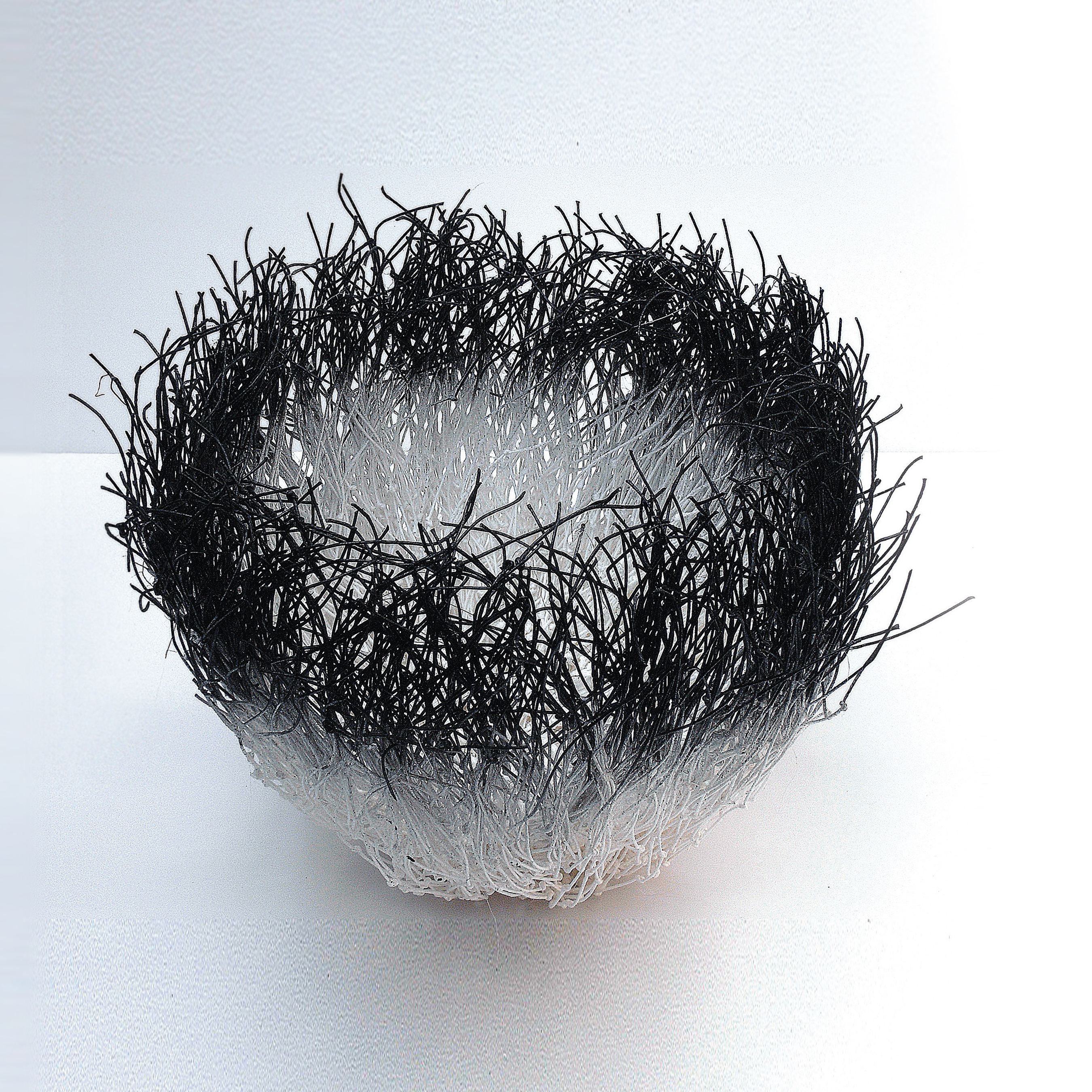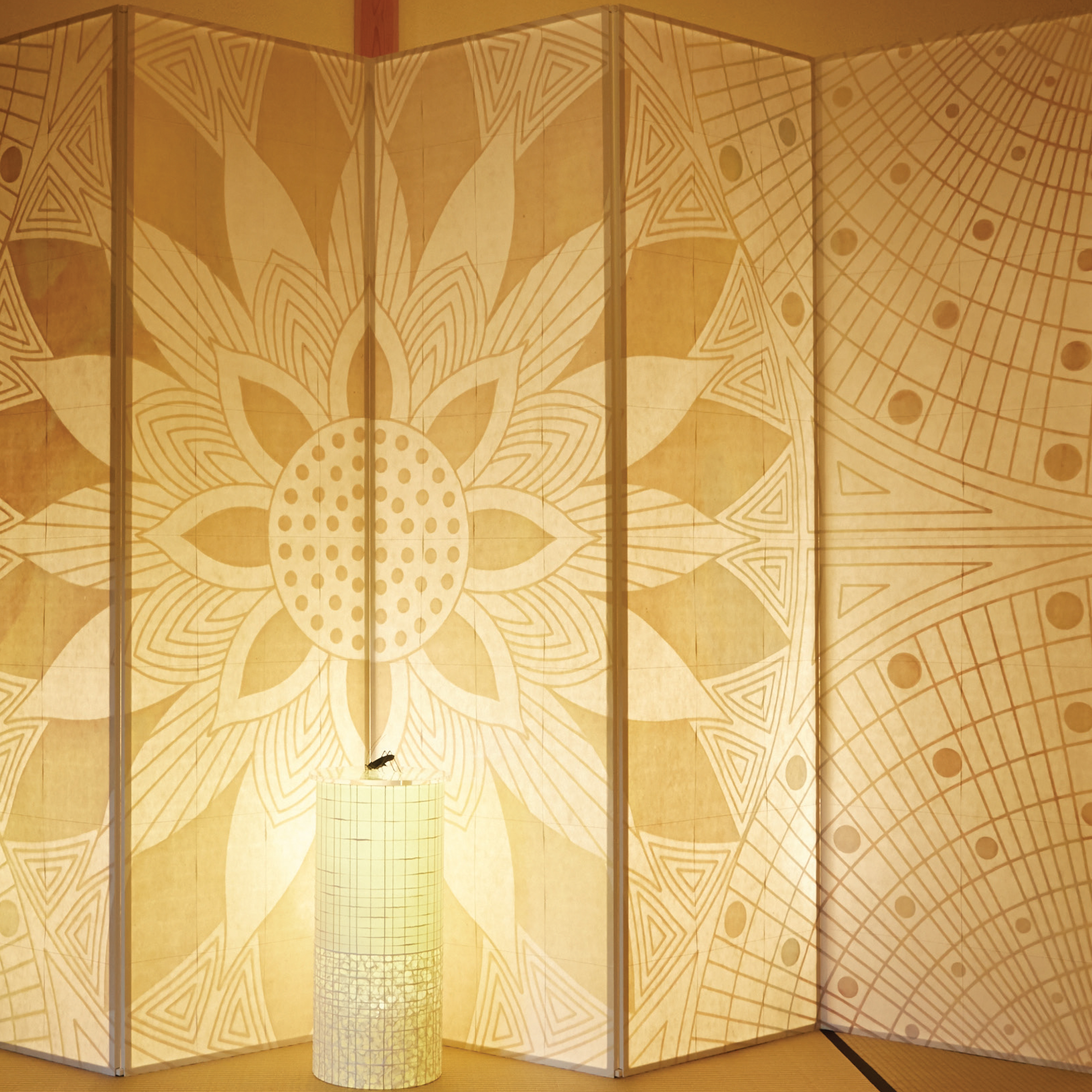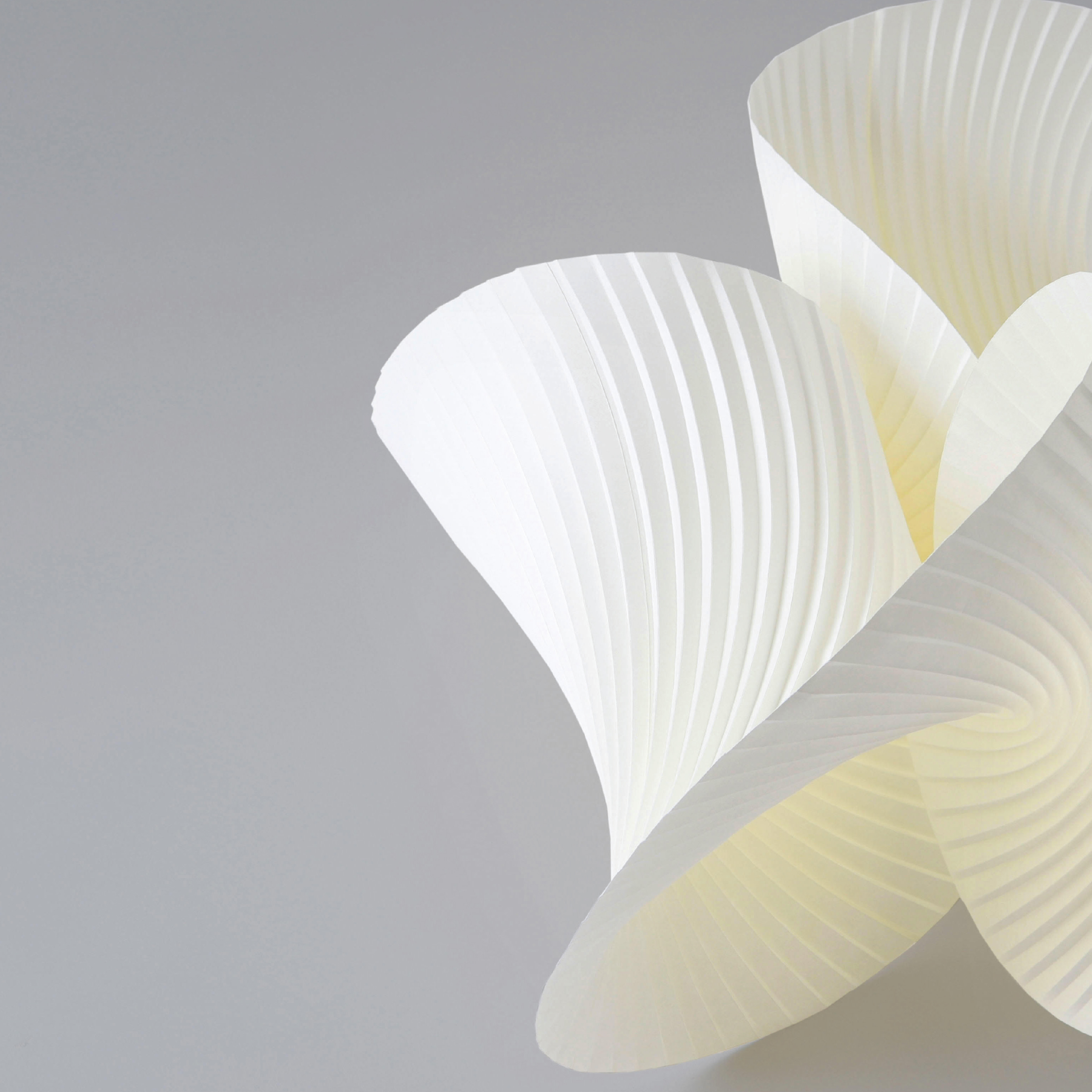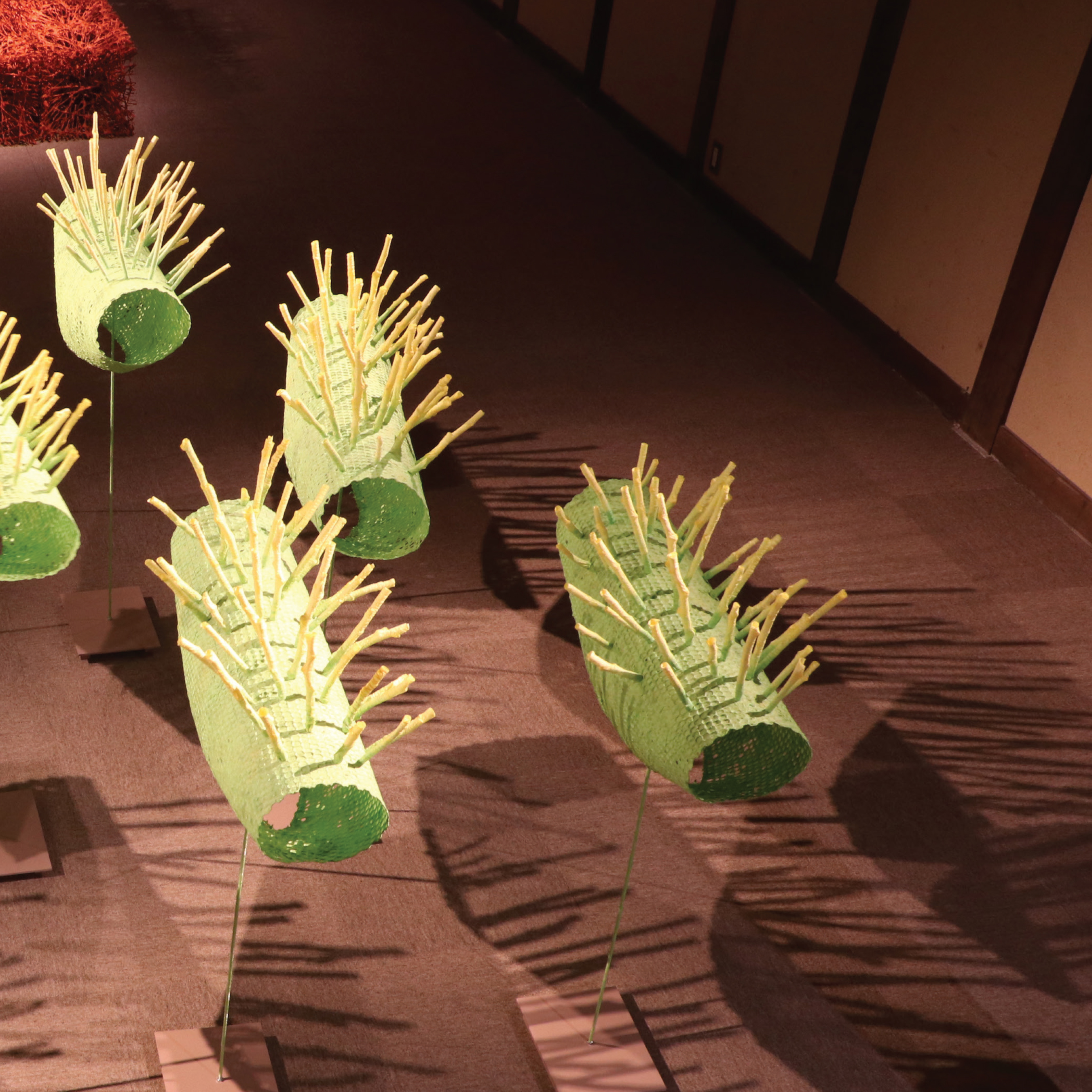Washi Transformed
New Expressions in Japanese Paper
- The first book to explore washi as a medium for contemporary art
- The book reveals the contemporary possibilities - as well as the time-honoured essence - of a cultural tradition that has been deeply connected with art and life in Japan for more than a millennium
- Collectively, the photographs represent a new concept of washi as they have never been published together before. The book also features previously unpublished photographs of new works by Yuko Nishimura and Ayomi Yoshida
- The publication features photographs by Kyoko Ibe, one of the pioneers of contemporary washi that makes the traditional new
Historically, washi paper has been used as a base for Japanese calligraphy, painting, and printmaking as well as a material in architecture, religious ritual and clothing. In recent years, contemporary Japanese artists have turned this supple yet sturdy paper into a medium for expressing their artistic vision – layering, weaving, dyeing, shredding, folding, or cutting the paper to form abstract sculptures, lyrical folding screens, highly textured wall pieces, and dramatic installations. This elegantly designed volume examines the extraordinary creations of these diverse contemporary artists from Japan, France, and the United States. The publication also demonstrates the resilience, versatility, and unique stature of this ancient artistic medium in the realm of international contemporary art.
Published to accompany a travelling exhibition:
Allentown Art Museum, Allentown, PA October 10, 2021 – January 2, 2022
Longmont Museum, Longmont, CO January 28, 2022 – May 15, 2022
D’Amour Museum of Fine Arts, Springfield Museums, Springfield, MA June 11, 2022 – September 4, 2022
Morikami Museum and Japanese Gardens, Delray Beach, FL November 3, 2022 – April 2, 2023
- Publisher
- Scala Arts & Heritage Publishers
- ISBN
- 9781785513282
- Published
- 2nd Jun 2021
- Binding
- Paperback / softback
- Territory
- World
- Size
- 229 mm x 229 mm
- Pages
- 96 Pages
Distributed by ACC Art Books
Our Catalogues
Please log-in or create an account to see your recent items.
